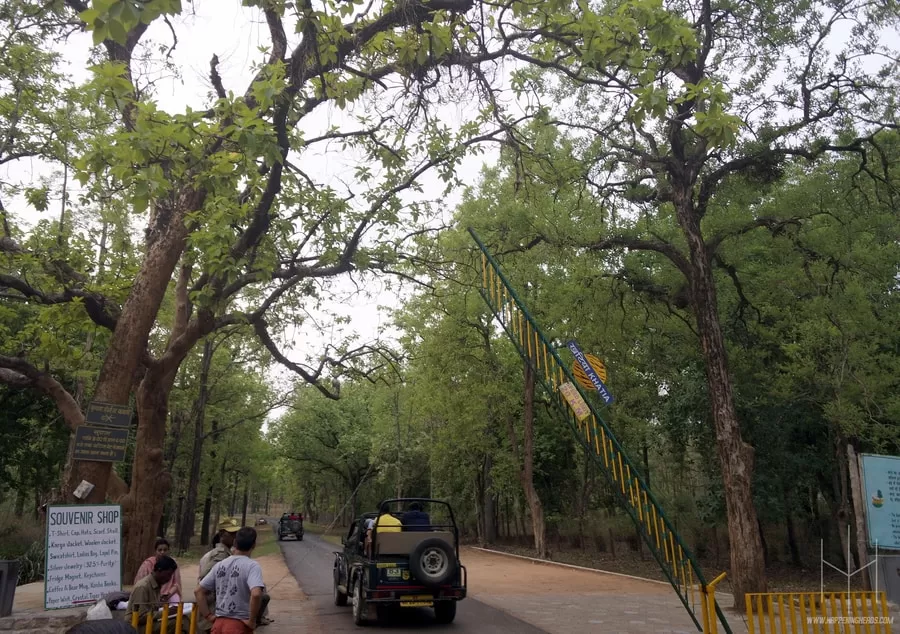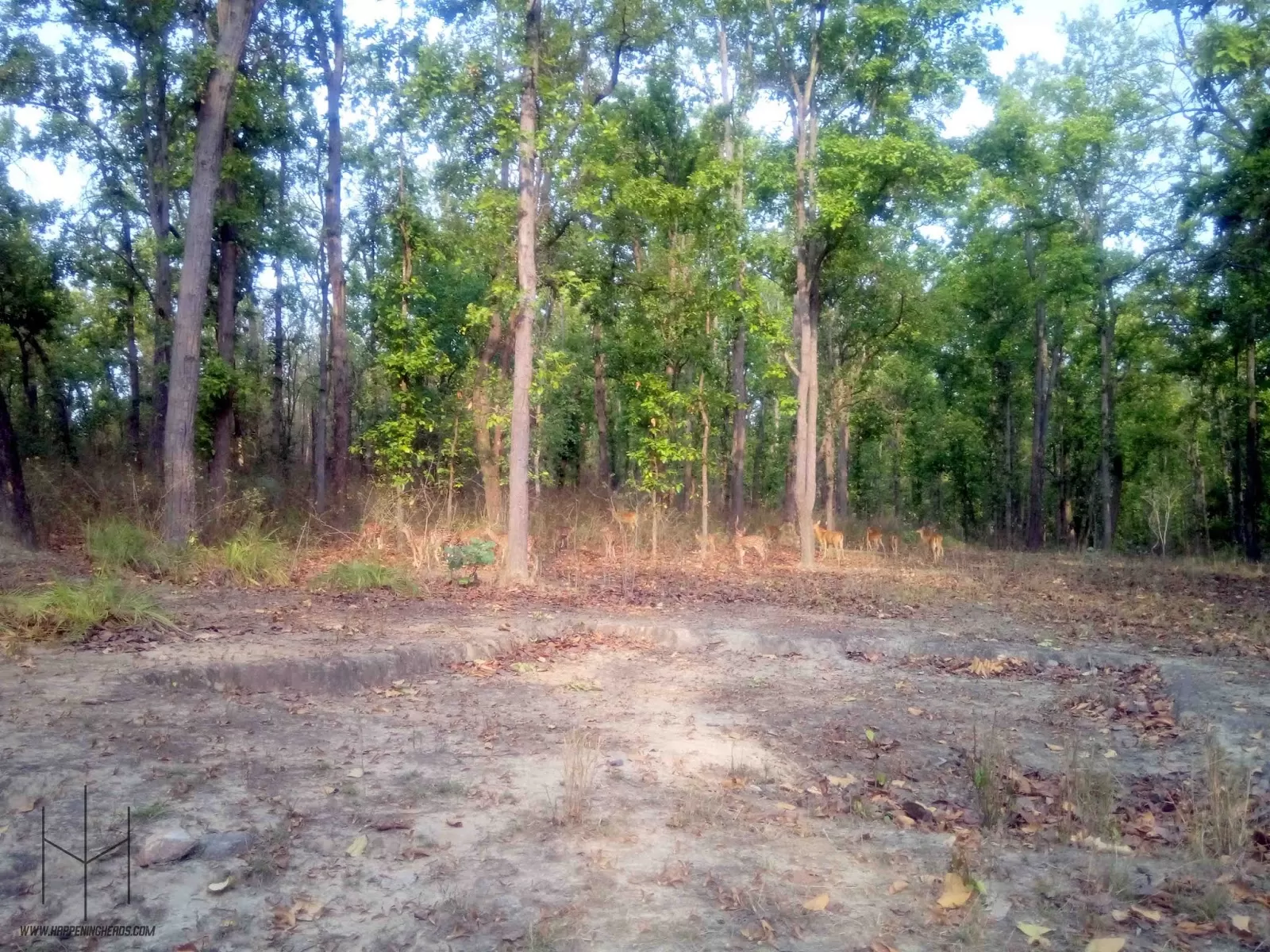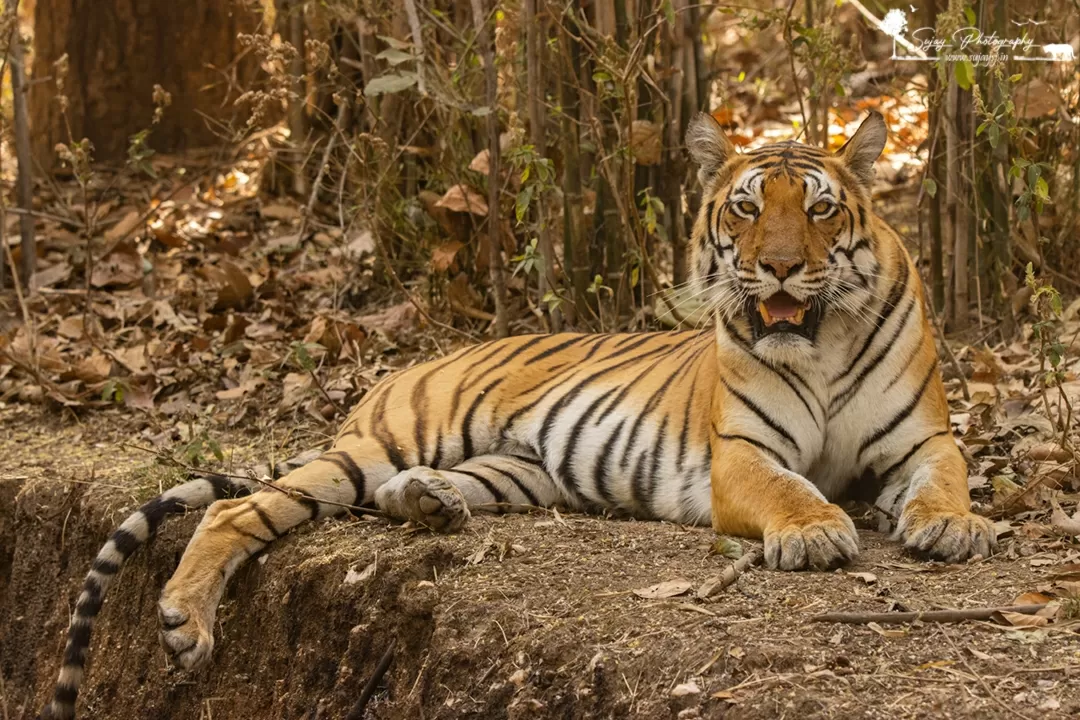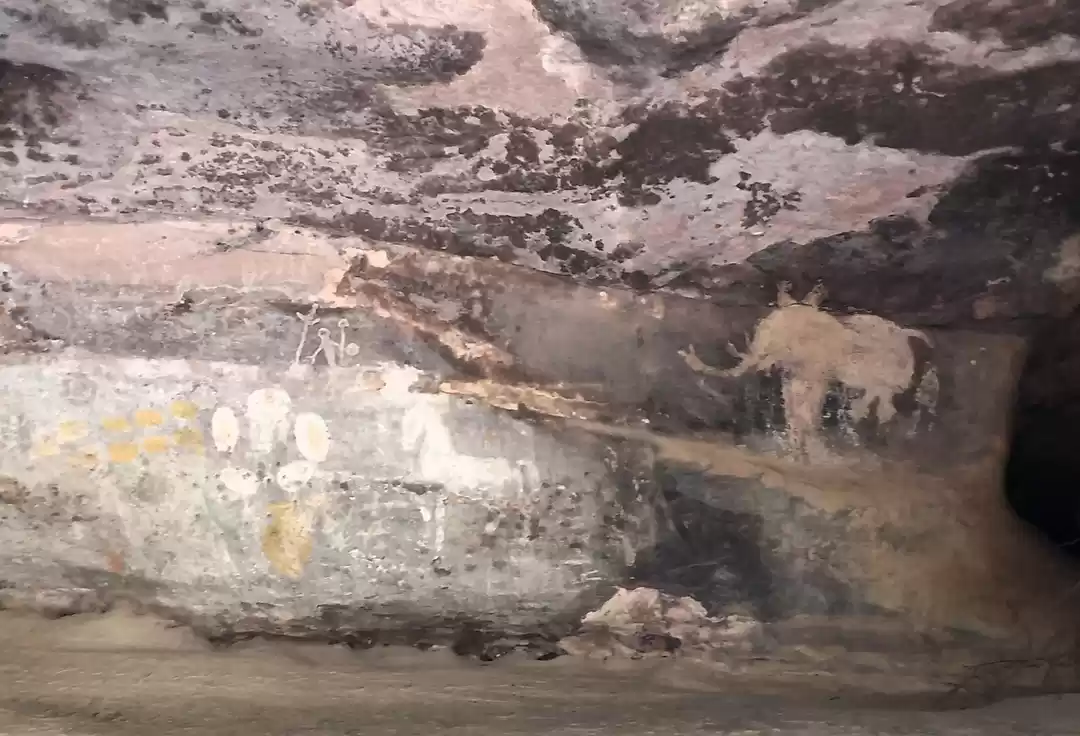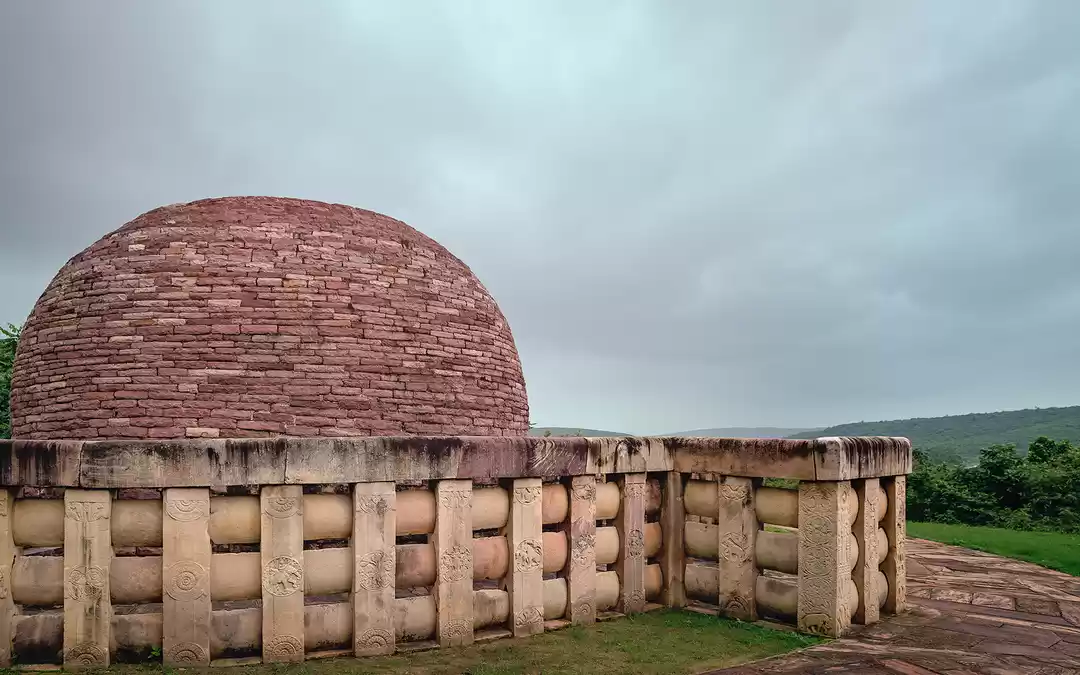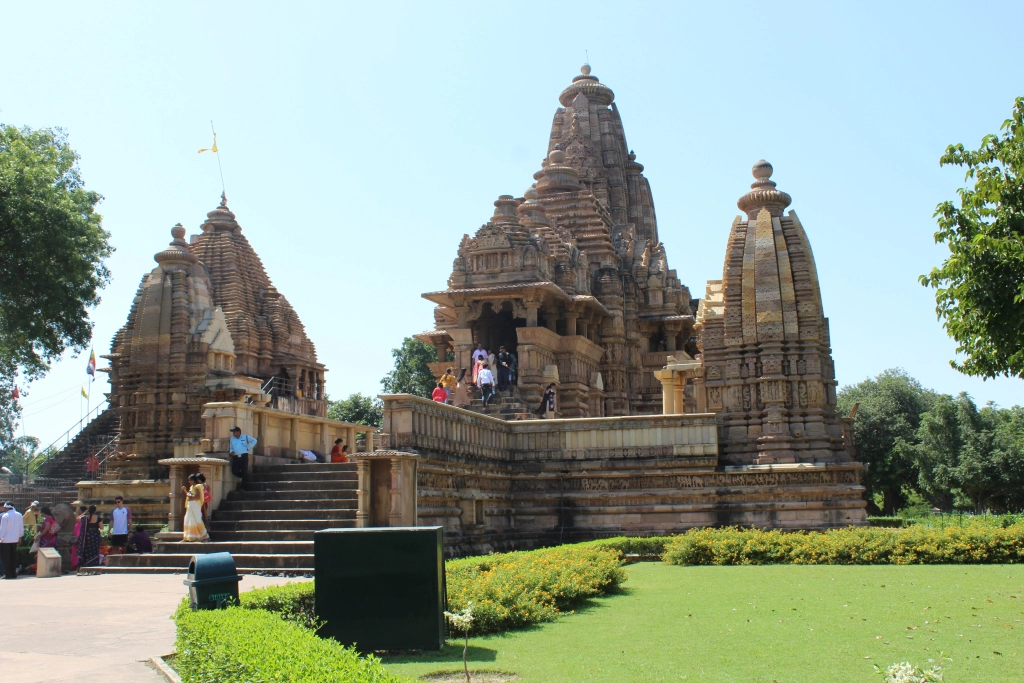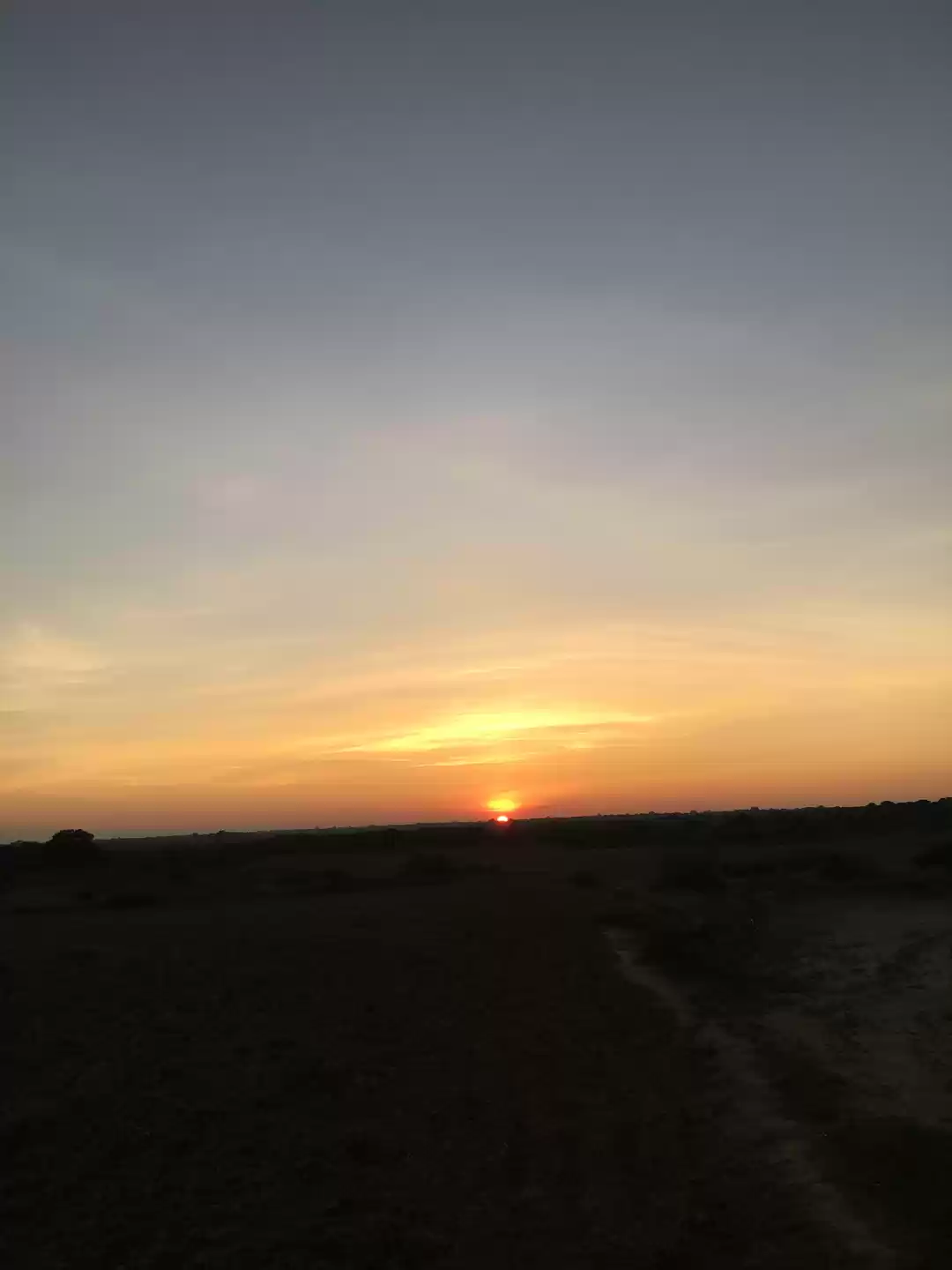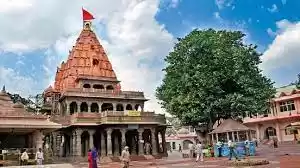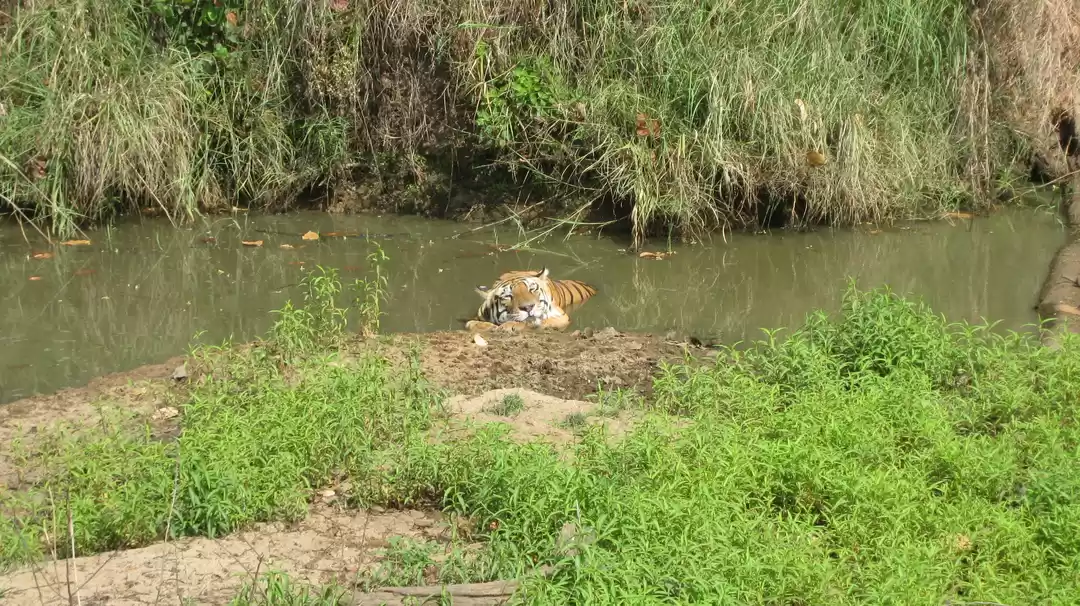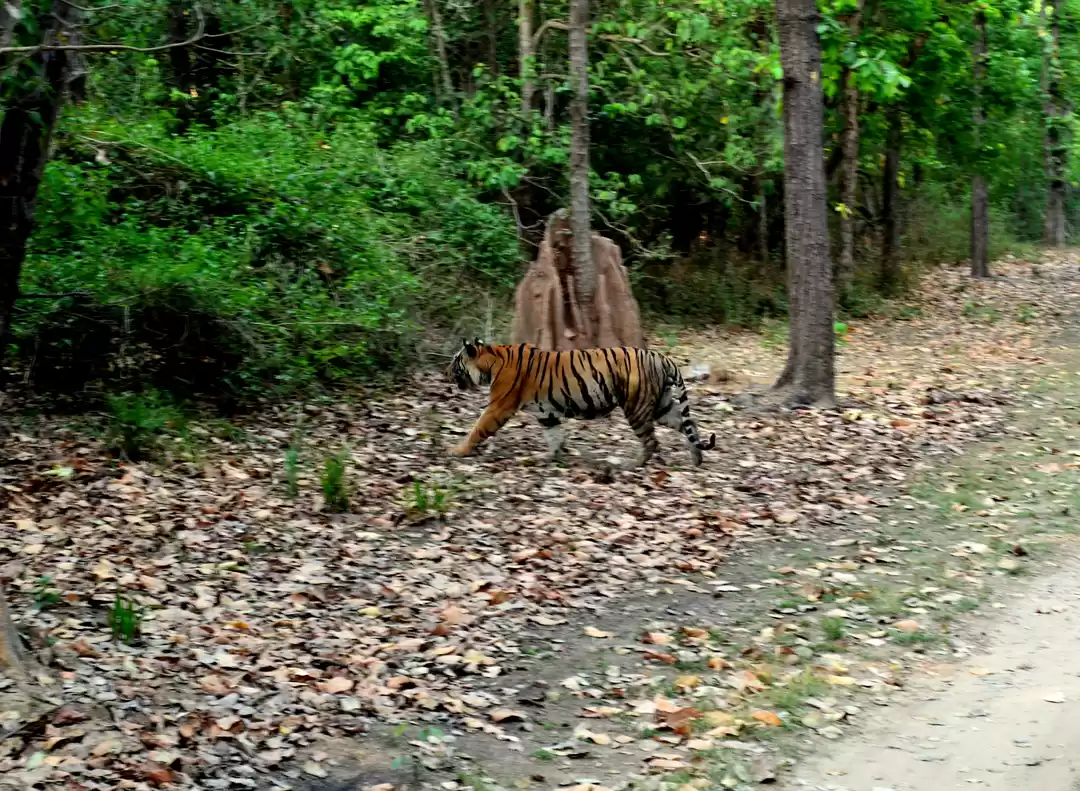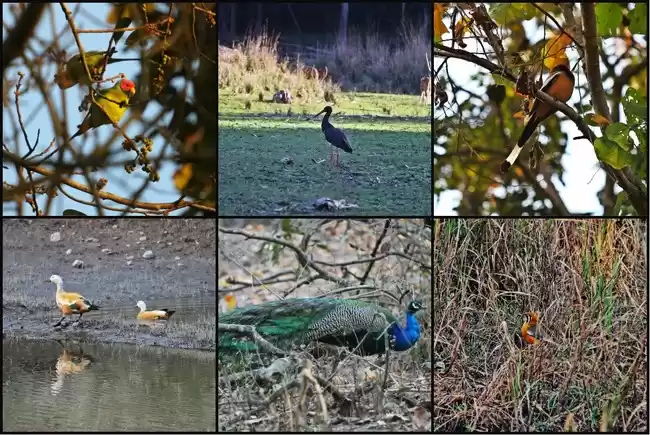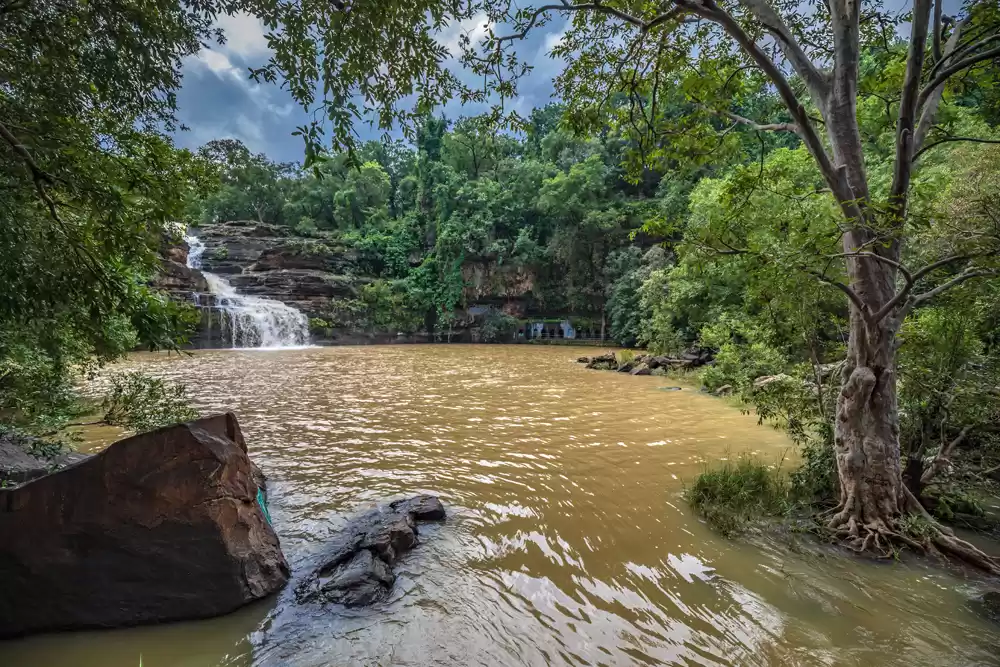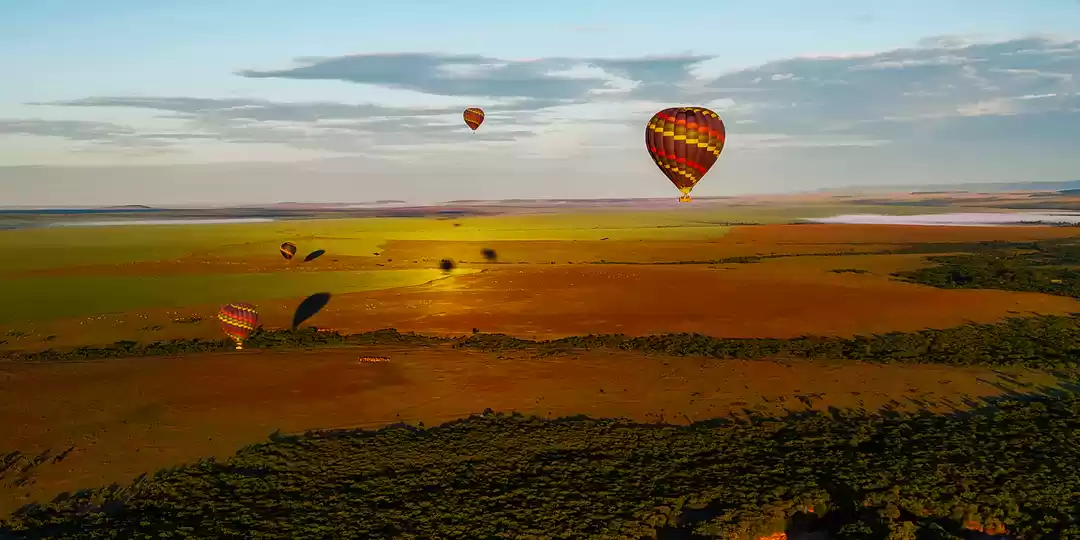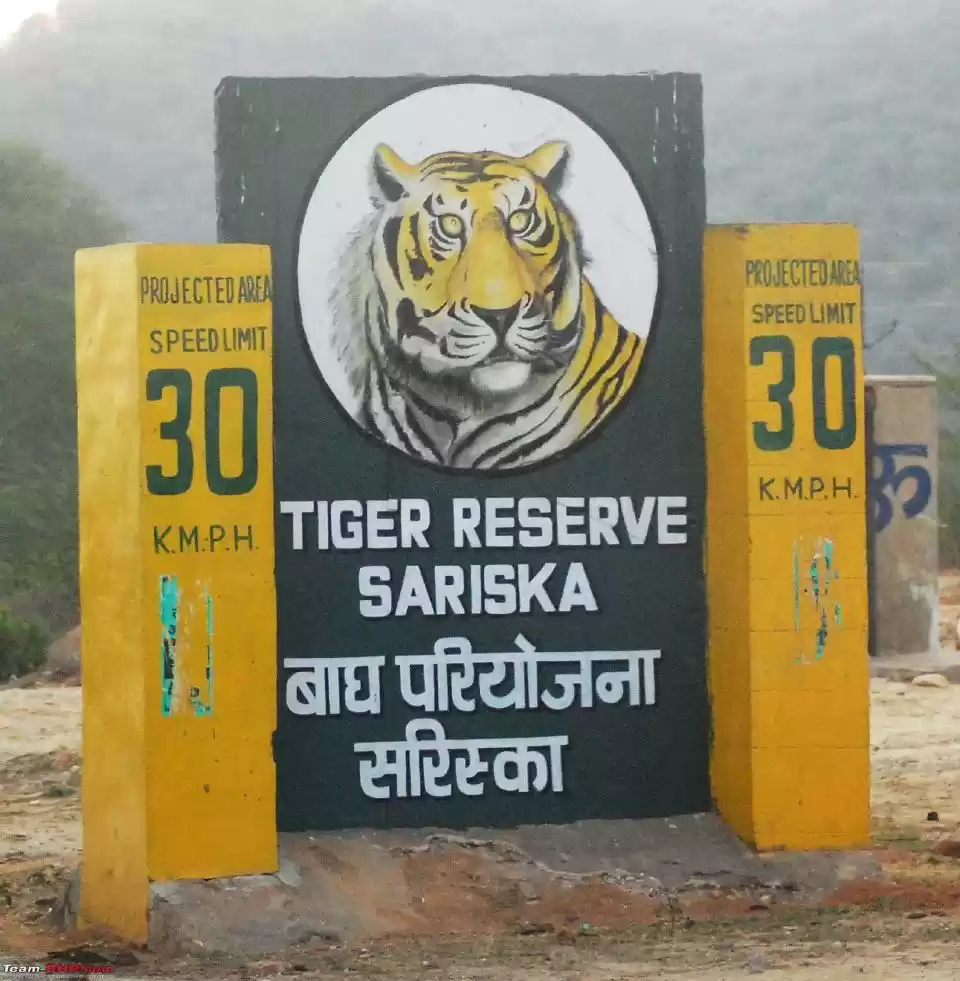Kanha Tiger Reserve is located in the Mandla and Balaghat districts of Madhya Pradesh, the central state of India. It covers an area of about 940 sq km, making it one of the largest national parks in the country. It is divided into four zones: Kanha, Kisli, Mukki, and Sarhi. Each zone has its own distinct features and attractions.
Kanha Tiger Reserve is famous for its rich and diverse wildlife, especially the royal Bengal tiger, the leopard, the barasingha, the gaur, and the wild dog. It is also home to hundreds of species of birds, reptiles, amphibians, and insects. The park is also known for its conservation efforts, such as the Project Tiger, the reintroduction of barasingha, and the award for the best managed national park in India.
History of Kanha Tiger Reserve
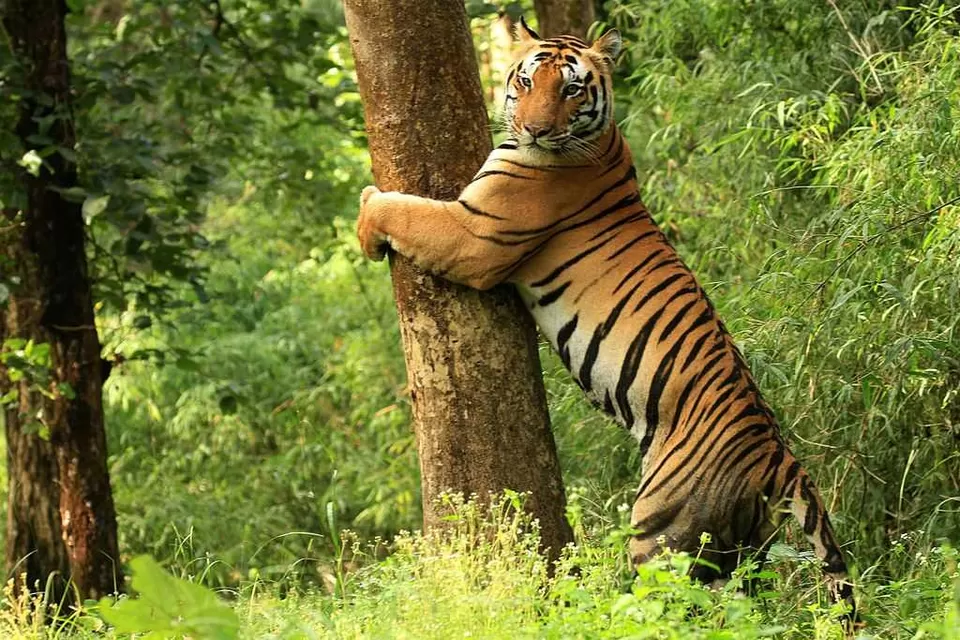
Kanha Tiger Reserve has a long and fascinating history that dates back to the 19th century. The area was originally a hunting ground for the local tribes and the British colonial rulers. In 1933, the area was declared as a wildlife sanctuary to protect the wildlife from poaching and habitat loss. In 1955, the sanctuary was expanded and renamed as Kanha National Park. In 1973, the park became one of the first nine tiger reserves in India under the Project Tiger, a conservation initiative launched by the government of India. Since then, the park has been involved in various conservation projects, such as the reintroduction of barasingha, the hard-ground swamp deer, which was on the verge of extinction in the 1970s.
Wildlife of Kanha Tiger Reserve
The main attraction of Kanha Tiger Reserve is its wildlife, which is diverse and abundant. The park boasts of having more than 300 species of birds, 43 species of mammals, 26 species of reptiles, and 13 species of amphibians. The park is also home to more than 1000 species of plants, including sal, bamboo, mahua, tendu, and palash.
The most iconic and endangered species of Kanha Tiger Reserve is the royal Bengal tiger, the national animal of India. The park has a healthy population of about 100 tigers, which can be seen in their natural habitat. The park also has a good number of leopards, which are elusive and nocturnal. The park is famous for its barasingha, the hard-ground swamp deer, which is endemic to the park and can be seen in the open meadows. The park also has a large population of gaur, the Indian bison, which is the largest bovine in the world. The park also has a significant number of wild dogs, also known as dholes, which are social and intelligent predators.
Other animals that can be seen in Kanha Tiger Reserve are sambar, chital, nilgai, barking deer, chousingha, blackbuck, langur, rhesus macaque, sloth bear, jackal, hyena, fox, wild boar, porcupine, hare, mongoose, civet, ratel, and pangolin.
The park also has a rich and varied avifauna, which includes both resident and migratory birds. Some of the common and colorful birds that can be seen in Kanha Tiger Reserve are peafowl, jungle fowl, parakeet, hornbill, woodpecker, barbet, drongo, oriole, magpie, shrike, flycatcher, warbler, babbler, thrush, robin, wagtail, pipit, munia, weaver, sunbird, kingfisher, heron, egret, ibis, stork, crane, duck, goose, kite, eagle, vulture, falcon, harrier, owl, and nightjar.
The park also has a diverse and interesting reptilian and amphibian fauna, which includes crocodile, gharial, turtle, tortoise, snake, lizard, frog, toad, and salamander.
Safari in Kanha Tiger Reserve
One of the best ways to experience the wildlife and nature of Kanha Tiger Reserve is to go on a safari. The park offers various types of safari activities, such as jeep safari, elephant safari, and walking safari. The safari timings, zones, fees, and booking vary depending on the season and availability.
1. Jeep Safari:
The jeep safari is the most popular and convenient way to explore the park. The jeep safari is conducted in four zones: Kanha, Kisli, Mukki, and Sarhi. Each zone has its own entry gate and exit gate.
The jeep safari is available in two shifts: morning and evening. The morning shift starts from sunrise and lasts for about four hours. The evening shift starts from 2 pm and lasts for about three hours. The jeep safari can accommodate up to six visitors and a guide. The jeep safari can be booked online or offline.
The online booking can be done through the official website of the park or the online portal of the Madhya Pradesh Tourism. The offline booking can be done at the entry gate of the park or the tourist office of the park.
The jeep safari fee depends on the zone, the shift, the vehicle, and the number of visitors. The fee ranges from Rs. 1500 to Rs. 6000 per vehicle per shift.
2. Elephant Safari:
The elephant safari is another exciting way to enjoy the park. The elephant safari is conducted in the Kanha zone only. The elephant safari is available in the morning shift only. The elephant safari starts from 6 am and lasts for about one hour. The elephant safari can accommodate up to four visitors and a mahout. The elephant safari can be booked only at the entry gate of the park on a first-come-first-serve basis. The elephant safari fee is Rs. 300 per person per hour.
3. Walking Safari:
The walking safari is a unique and adventurous way to experience the park. The walking safari is conducted in the buffer zone of the park, which is outside the core zone. The walking safari is available in the morning shift only. The walking safari starts from 6 am and lasts for about three hours. The walking safari can accommodate up to eight visitors and a guide. The walking safari can be booked only at the tourist office of the park. The walking safari fee is Rs. 500 per person per shift.
Accommodation in Kanha Tiger Reserve
If you want to stay in or near Kanha Tiger Reserve, you have plenty of options to choose from. The park has a range of accommodation facilities, such as hotels, resorts, and homestays, that cater to different budgets and preferences. Some of the best hotels, resorts, and homestays in and around Kanha Tiger Reserve are Kanha Jungle Lodge, Kanha Earth Lodge, Kanha Village Eco Resort and Kanha Meadows.
Kanha Tiger Reserve is a wildlife paradise in the heart of India. It is a place where you can experience the beauty and diversity of nature, the thrill and adventure of safari, and the comfort and hospitality of accommodation. It is a place where you can learn more about the history, wildlife, conservation, and culture of Kanha and Madhya Pradesh. It is a place where you can create unforgettable memories and stories with your family and friends.




